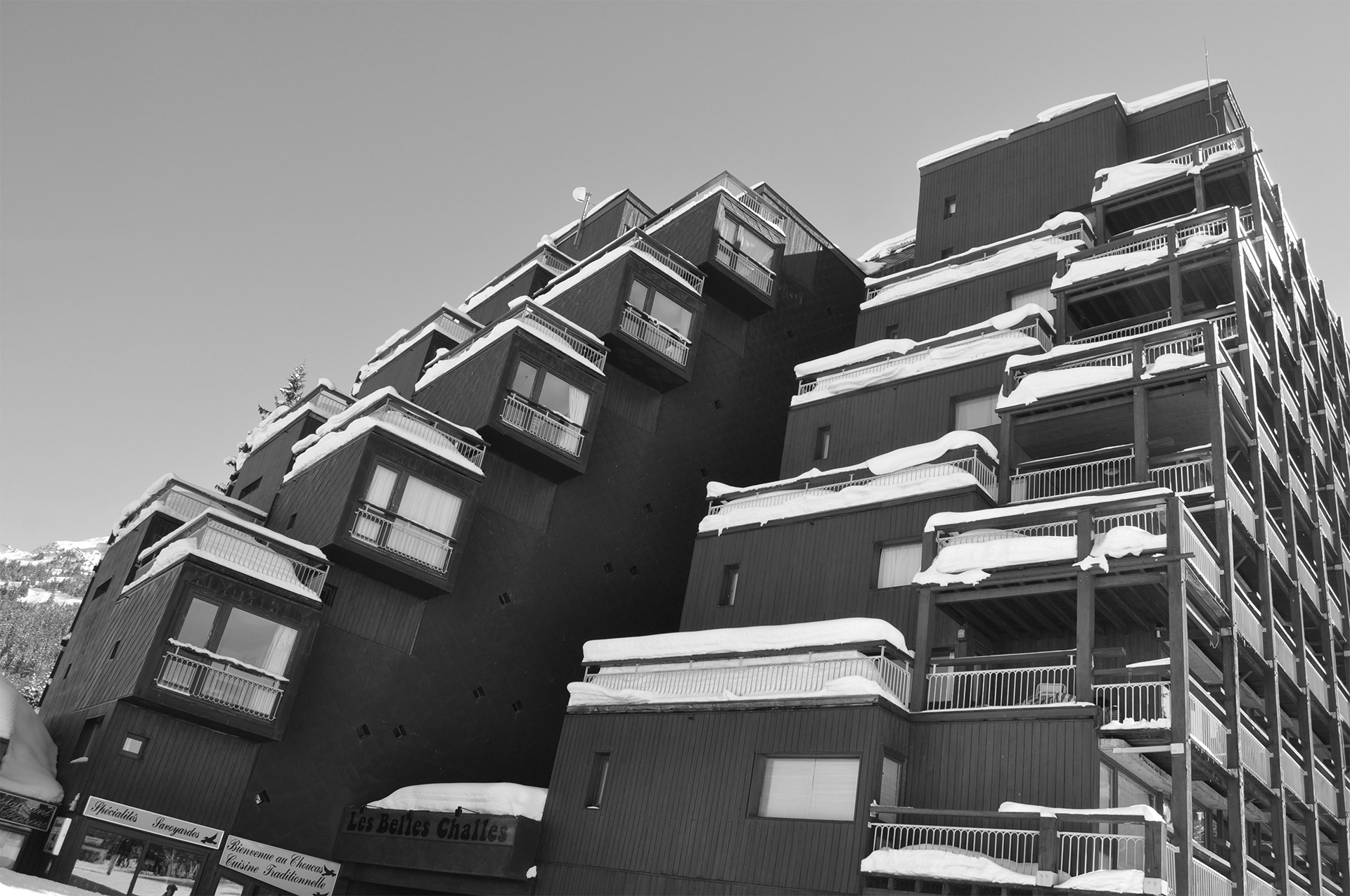-
Comeby train
-
Book your stay
-
Buy yourski & pedestrian pass

Book your stay



Thursday 01 January updated on 01-01-2026 at 8:06
Thursday 01 January updated on 01-01-2026 at 8:06
Sign up for our newsletter so you don’t miss anything in les Arcs !
![[Translate to English:] [Translate to English:]](/fileadmin/user_upload/headerarchi2.jpg)




Les Arcs was born from a deep desire to preserve the natural landscape. Guy Rey-Millet summarized this approach with this evocative phrase:
"Building on a virgin site requires great humility." This founding principle guided the entire team of architects, led by Charlotte Perriand,
towards a respectful and subtle integration of constructions into the untouched site. As the architects explained: "We don't occupy the plateau,
where there are alpine chalets; we place ourselves behind, we contemplate them: do not build in the most beautiful place."
The landscape, a true guiding thread, inspired constructions that follow the natural curves of the terrain. Each building discreetly fades into its environment, highlighting the raw beauty of the site. This pioneering approach makes Les Arcs a model of mountain architecture, harmoniously combining nature and architectural innovation, while preserving the authenticity and soul of the place.
The architects had to face numerous constraints, notably the site's complex topography and harsh climatic conditions.
They adopted innovative solutions to adapt to these challenges, using local materials and adapted construction techniques.
This approach allowed the creation of durable and resilient structures, while minimizing the environmental impact.
Adapting to constraints also led to a unique architecture, characterized by bold shapes and clean lines.
The buildings are designed to withstand strong winds and heavy snowfall, while offering comfort and functionality to users.
This ability to transform challenges into opportunities is at the heart of Les Arcs' architectural success.







Man is at the heart of architecture, both as creator and user. The designers of Les Arcs have always placed the human being at the center of their concerns, by creating functional, comfortable, and aesthetic spaces. Architecture must not only integrate with the landscape but also meet the needs and aspirations of those who live and work there.
The buildings are designed to promote conviviality, meeting, and sharing. The interior spaces are modular and adapted to contemporary lifestyles, while the exterior spaces encourage contemplation and respect for nature. This humanistic approach to architecture is one of the keys to Les Arcs' success, where man and his environment are in harmony.